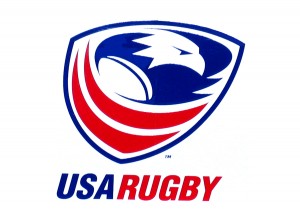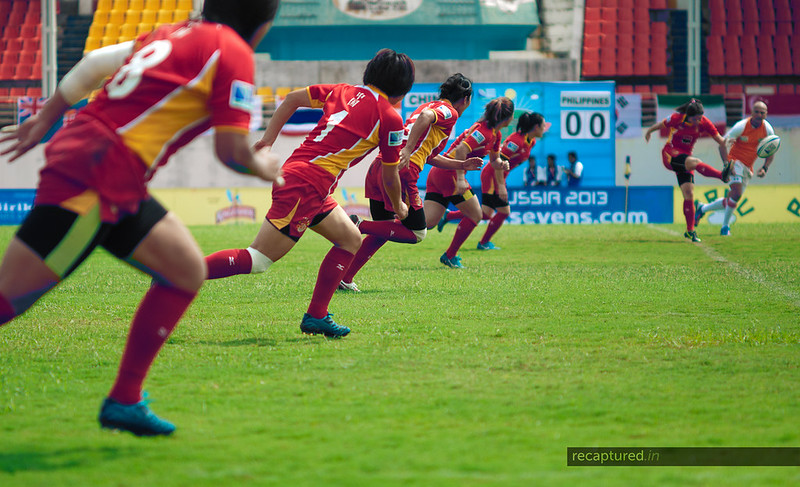from Rugby365.com:
Following the confusion about the use of substitutes/replacements in the Pretoria Test when South Africa played Australia, the IRB has clarified the relevant law and issued a protocol for those in charge of the coming and going of players during a match.
The problem in Pretoria revolved around the number of substitutes/replacements of front row players that resulted in the Australians’ playing the end part of the match with just 14 players after Tatafu Polota-Nau was injured and the scrums then became uncontested, which is unsatisfying.
We shall deal with the Law first and then, separately, the protocol. Note that the substution of a player is tactical;, replacement is for injury. It is a pity that this was not available earlier.
Law 3.12 SUBSTITUTED PLAYERS REJOINING THE MATCH
(a) If a player is substituted, that player must not return and play in that match, even to replace an injured player.
Exception 1: a substituted player may replace a player with an open or bleeding wound.
Exception 2: a substituted player may replace a front row player when injured, temporarily suspended or sent off unless the referee has ordered uncontested scrums prior to the event which led to the front row player leaving the field of play and the team has used all the permitted replacements and substitutions.
The IRB’s comment:
Law 3.12 (a) Exception 2:
With the exception in Law 3.12 (a) regarding front row players:
1. How many replacements/substitutions are allowed in the front row?
2. How many replacements/substitutions in total allowed in a match?
Scenario 1: 22 Players in a team
When 22 players are nominated in the team, with five (5) players nominated as suitably trained and experienced front row players, the team may tactically substitute two (2) players in the front row.
During a match the team must be able, on the first occasion an injury to a prop or a hooker occur in the match, to replace the injured front row player with a suitably trained and experienced front row player in order to continue with contested scrums in the match.
The two (2) substituted front row players may replace any front row player when injured provided the replacement front row player is suitably trained for that specific front row position. (Tight Head, Loose Head or Hooker)
In a match the total number of substitutes and replacements in the front row allowed as per above is four (4).
If a team has used all its permitted substitutions/replacements and the referee has ordered uncontested scrums prior to the injury, temporarily suspension or sent off a replacement is not allowed.
Up to five (5) other players may be substituted in the match.
The total number of substitutes/replacements allowed in the match as per above can thus be up to nine (9).
Scenario 2: 22/23 Players in a team
When 22 or 23 players are nominated in the team, with six (6) players nominated as suitably trained and experienced front row players, the team may tactically substitute up to three (3) players in the front row.
During a match the team must be able, on the first occasion an injury to Loose Head prop, Tight Head prop or Hooker occur in the match, to replace the injured front row player with a suitably trained and experienced front row player in order to be able to continue with contested scrums.
The three (3) substituted front row players may replace any front row player when injured, temporarily suspended or sent off provided the replacement player is suitably trained and experienced for that specific front row position. (Tight Head, Loose Head or Hooker)
The total number of substitutes and replacements in the front row allowed as per above is six (6).
If a team has used all its permitted substitutions/replacements and the referee has ordered uncontested scrums prior to the injury, temporarily suspension or sent off a replacement is not allowed.
Up to five (5) other players may be substituted in the match.
The total number of substitutes/replacement allowed in the match as per above can thus be up to eleven (11).


 This is your reminder that the new cadence of Crouch, Bind, Set will be used for ALL competitions this fall (15s and 7s).
This is your reminder that the new cadence of Crouch, Bind, Set will be used for ALL competitions this fall (15s and 7s).
 When a maul goes to ground and is not deemed to be collapsed intentionally:
When a maul goes to ground and is not deemed to be collapsed intentionally: